What is induction hardening?
Induction hardening is a method of rapidly and selectively hardening the surface of metal components. A copper coil carrying a large amount of AC current is placed near (but not in contact with) the part. Eddy currents and hysteresis losses generate heat at and near the surface. The quenching liquid is usually water, applied directly to the part or submerged. This transforms the structure into martensite, which is much harder than the previous structure.
A popular modern induction hardening machine is called a scanner. The part is fixed between centers, rotated, and then moved in a progressive coil that heats and quenches. Quenching is done directly under the coil, so any given area of the part will be rapidly and uniformly cooled after heating. Power levels, dwell times, scan (feed) rates, and other process variables are all precisely controlled by computer.
Advantages of induction hardening
Increased wear resistance
Hardness and wear resistance are directly related. Assuming the material starts in an annealed or softer condition, the wear resistance will increase significantly after induction hardening.
Increased strength and fatigue life due to a soft core and surface residual stress
Compressive stress (generally considered a positive attribute) is due to the hardened structure near the surface occupying slightly more volume than the core and previous structure.
Parts can be tempered after induction hardening to adjust the hardness level as needed
As with any process that produces a martensitic structure, tempering will reduce hardness while also reducing brittleness.
Hard, deep surface shells
The typical surface depth is 0.030 "-120", which is deeper on average than processes like carburizing at subcritical temperatures, carbo-nitriding, and various forms of nitriding. For some projects, such as axles or parts that remain useful even after a lot of material wear, shell depths may be as high as ½ inch or more.
Selective hardening process without the need for masking
Areas that have been welded or machined remain soft - few other heat treating processes can achieve this.
Relatively minimal distortion
Example: a 1 "Øx40" long shaft with two evenly distributed journals, each 2 inches long, that need to support load and wear. Induction hardening is only done on these surfaces, totaling 4 inches long. Using traditional methods (or if we were to induction harden the entire length for this purpose), the distortion would be significantly greater.
Allows the use of lower-cost steels, such as 1045
The most commonly used steel for induction-hardened parts is 1045. It is easy to machine, inexpensive, and can be induced hardened to 58 HRC+. The risk of cracking during the process is also relatively low. Other popular materials used for this process include 1141/1144, 4140, 4340, ETD150, and various cast irons.

 en
en  cn
cn  jp
jp  ko
ko  de
de  es
es  it
it  ru
ru  pt
pt  th
th  vi
vi  pl
pl 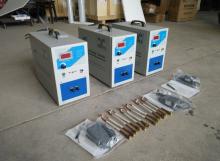
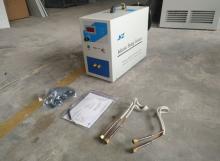
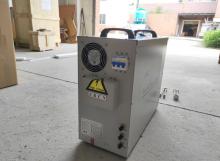
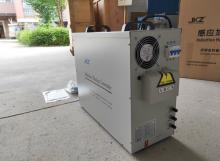
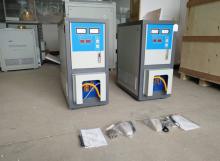
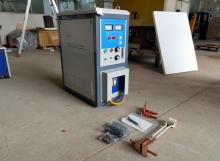
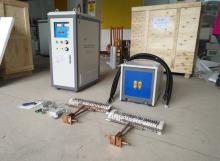
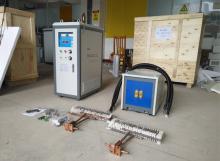
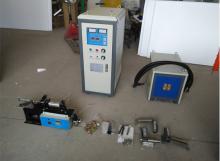
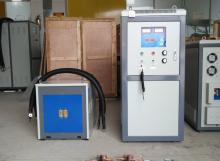
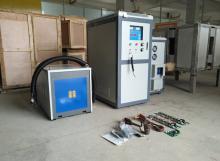
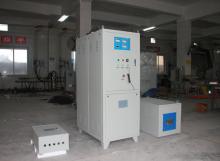
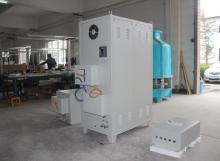
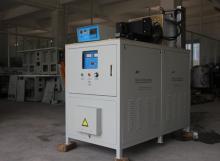
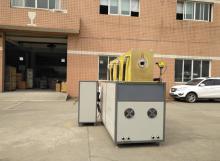
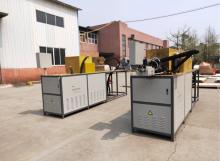
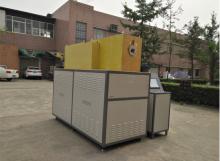
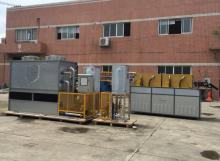
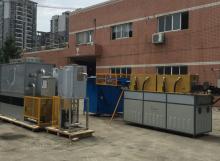
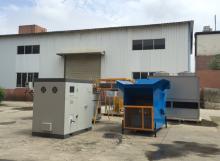
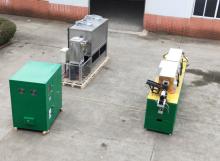
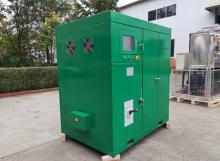
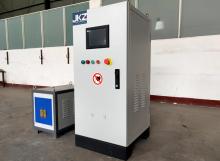
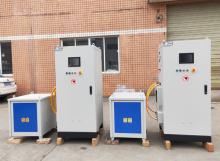
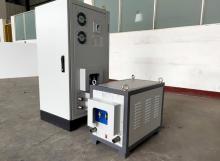
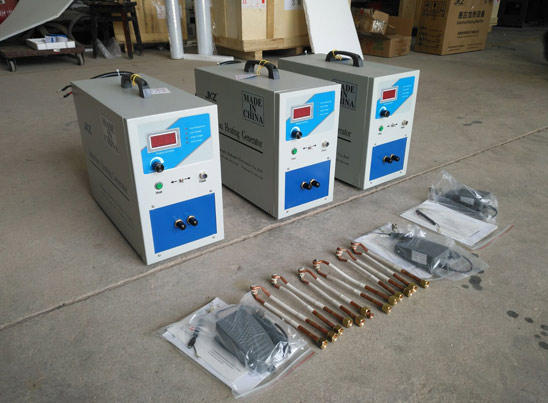
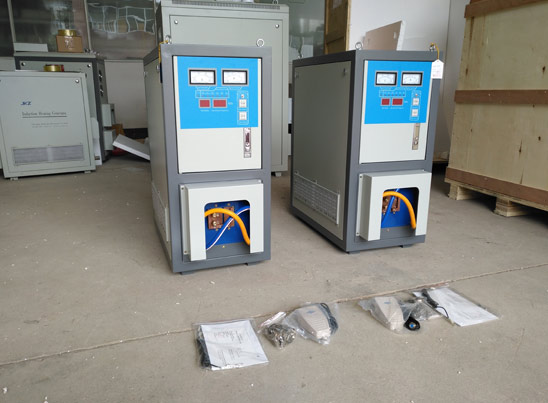
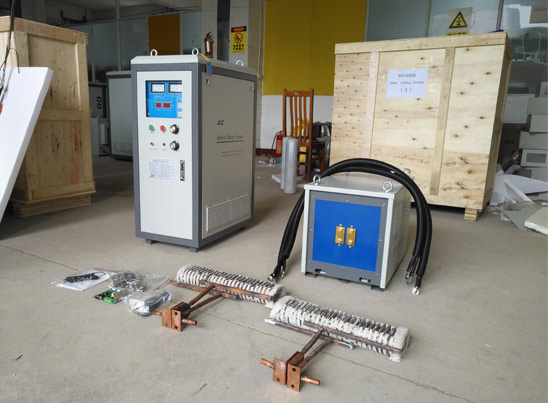
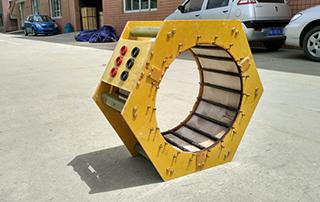

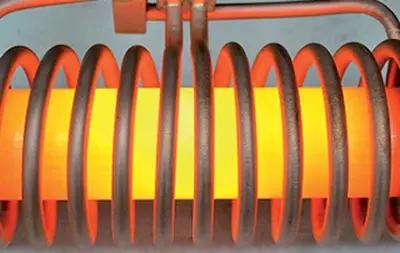



 Call us on:
Call us on:  Email Us:
Email Us:  NO. 688th South Baoguang Road, Xindu District, Chengdu City, Sichuan Province, China
NO. 688th South Baoguang Road, Xindu District, Chengdu City, Sichuan Province, China